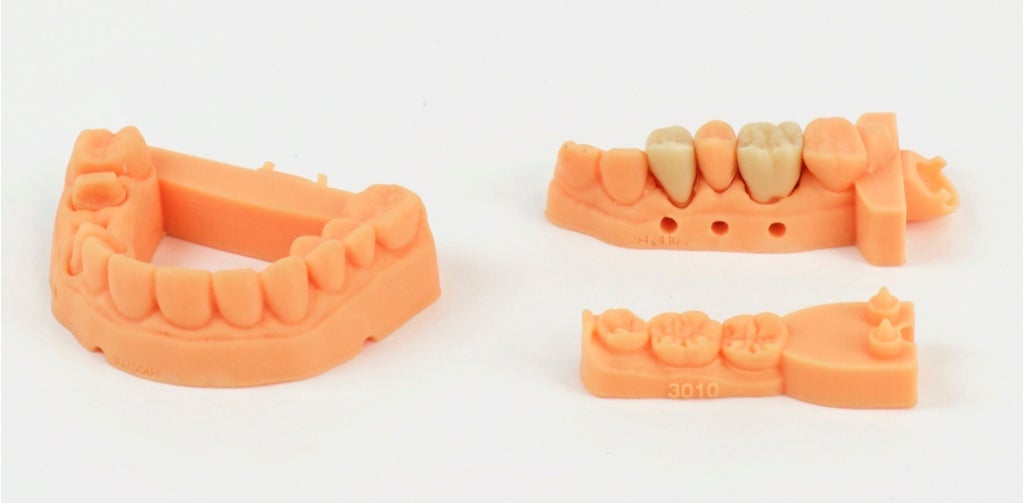Dentists will soon be able to 3D print you a new tooth in minutes
Watching advancements in 3D printing technology can seem like watching science fiction—impressive, but ultimately out of reach and arguably bearing little relevance in daily life.


Watching advancements in 3D printing technology can seem like watching science fiction—impressive, but ultimately out of reach and arguably bearing little relevance in daily life.
But with the announcement of a breakthrough technology that accelerates 3D printing speeds by a factor of up to 100, you may soon encounter a 3D printer in the most banal of everyday places: your dentist’s office.
“This means that dentists can now print a tooth in 6.5 minutes,” explained Joseph DeSimone, the CEO of the 3D printing company Carbon3D and a professor of chemistry at the University of North Carolina at Chapel Hill, at the TED Conference in Vancouver last week.
The 3D printing innovation is cutting edge, but the ability to reproduce a tooth while you wait in the dental chair is actually not new. “It’s been around for about 30 years,” explains Dr. Sharde Harvey, a New York City-based dentist who been using the method called CEREC (Chairside Economical Restoration of Esthetic Ceramics) since 2005.
Developed in the University of Zurich, CEREC is more akin to computer-assisted sculpture than printing. While 3D printing creates an object one micro layer at a time, CEREC carves out or “mills” a new tooth from a piece of porcelain aided by scanners and 3D modeling software.
Both methods allow dental practitioners to replace teeth, crowns, veneers, and inlays in a single sitting. The advantage of 3D printing over milling is that the process is better able to custom manufacture an object with intricate details—think about a tooth’s irregular grooves, crannies, and valleys. The problem with 3D printing was that it used to take a very long time.

Now the race is on to come up with faster, feasible 3D printing techniques. Barely a week after Carbon3D’s unveiling, the Australian company Gizmo 3D announced that they’re working on a “super fast SLA [stereolithography] style 3D printer” that challenges Carbon3D’s print speeds.
The prize in this race is the lucrative market for dental and medical prosthetics. The competition too is paving the way for 3D printing to finally become a standard tool for a range of health practitioners. Clinical trials to test the viability of making perfectly-fitting 3D printed stents are already in the works—with the hope that soon this could even be done right in the surgery room, during an operation.